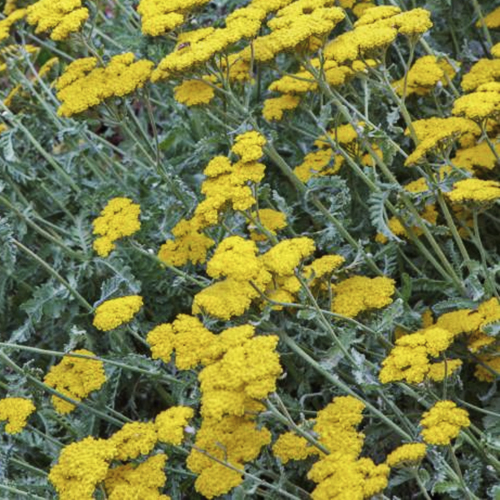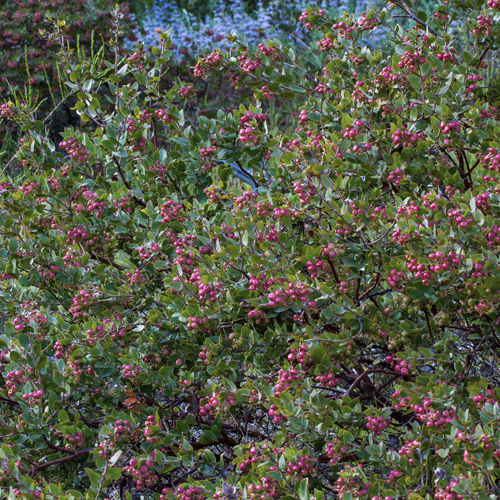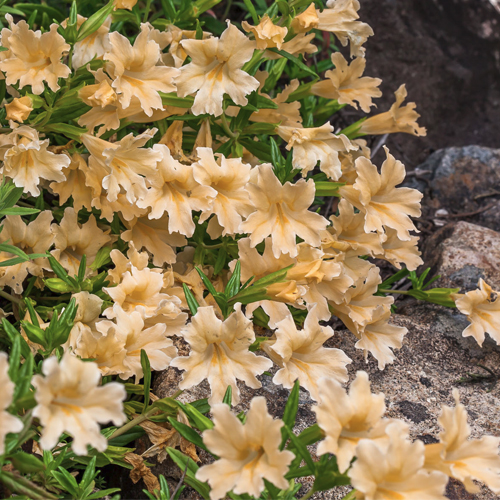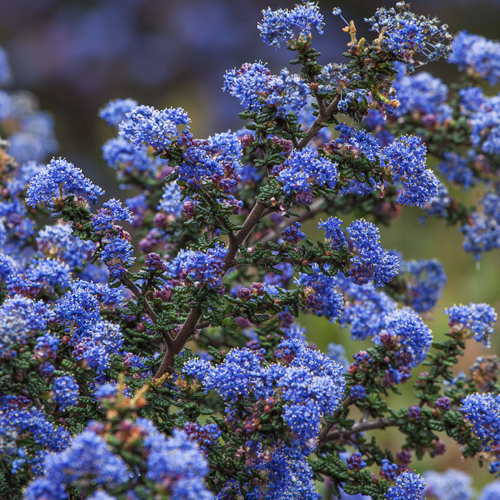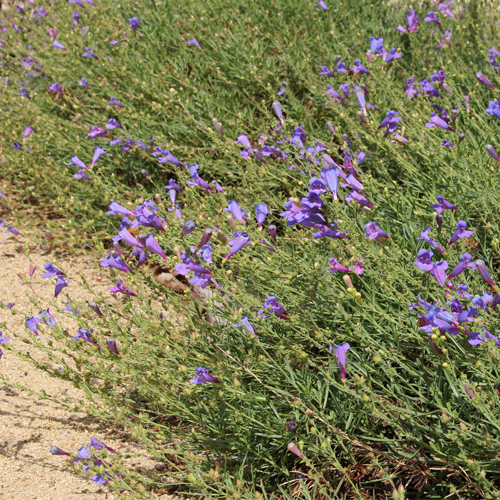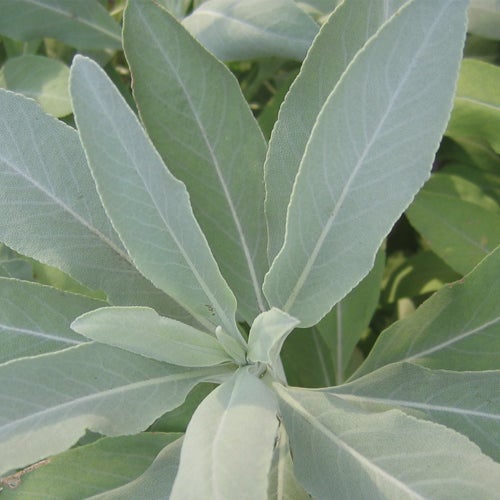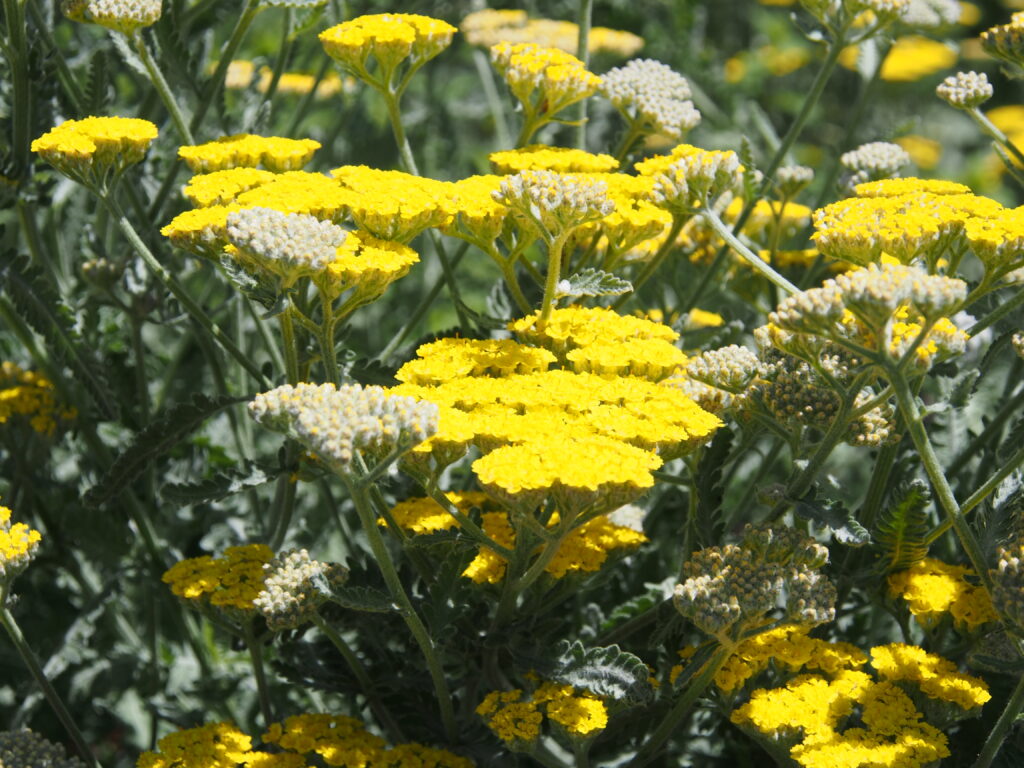Pollinators Welcome!
BACK TO FULL TOUR
Garden Features
Drought Tolerant
California Natives
Pesticide Free
Rainwater Harvesting System
Rain Garden
Sheet Mulching
Smart Irrigation Controller
Lawn Conversion
Lawn-Free Landscaping
Permeable Surfaces
Wildlife Habitat
Solar Powered Pollinator Fountain
Partner: Wild Earth Art
This residential front yard garden is a pollinator oasis of California native plants, a solar powered fountain, and a cozy flagstone seating area to relax and revel in watching the songbirds and bees buzz about. Just a year ago, a thirsty 1000 sq ft lawn with a flat personality was transformed into a welcoming front yard sanctuary filled with color, texture and life. A blend of agaves, grasses, and shrubs create both a stunning streetside garden and a private seating patio, to balance neighborhood curb appeal and resident family privacy.
The garden was created using a variety of ecological methods:
The 1,000 sq ft of lawn was pulled up and used to create dynamic mounds in the landscape. Bonus–this method diverted debris otherwise destined for a landfill and added organic matter to the native soil. The site was then sheetmulched using reclaimed cardboard to suppress weeds and help native plant establishment. A meandering dry creek was created to capture downspout runoff, slow and sink the water on site. It also serves as a year round aesthetic interest, invites wildlife to the area, and offers intrigue to young kids at play.
A sheltered seating area was created for the residents to enjoy the western sunset views, the pollinator fountain, and create a private feel from the street. The flagstone is dry set into gravel (without mortar or concrete) which allows water to permeate into the ground for better drainage and water sequestration. Birds, pollinators, and people alike are drawn to the basalt stone fountain at the center of the patio. The fountain is pondless which avoids any sitting water (a safety hazard), is powered by a solar pump, and the slower trickle is a welcome reprieve for pollinators to enjoy water. It also creates a welcome viewpoint from the office and bedroom windows of the house.
A plethora of drought tolerant CA native plants were planted throughout the garden. Screening shrubs like manzanita, toyon, and sages help to disappear the property fenceline and parked cars in the neighborhood, but preserve views of the setting sun from inside the home. A few existing Japanese maples remain in the yard offering soft shade all summer long. Local moss rock boulders punctuate the landscape along with native grasses, groundcovers, and perennials, including penstemons, sticky monkey flower, and ceanothus. Desert plants like aloe and agave in the palette are placed closer to the street for safety, yet draw visitors in with their structural form. Finally, low voltage landscape lighting completes the garden by accenting a few of the shrubs, trees and fountain to create a warm welcoming glow during the evening hours.
This garden, though only a year old, already feels like it has been a part of the wider Sonoma County landscape for much longer. Visitors to the garden tour will be inspired by the way this transformation supports ecological health and an appreciation for the natural world. Take a seat and enjoy all the natural sights and sounds abuzz.
Special Events

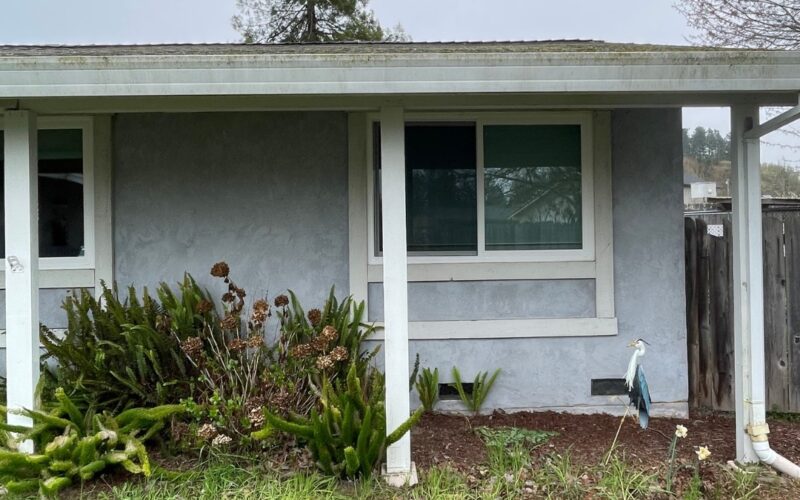
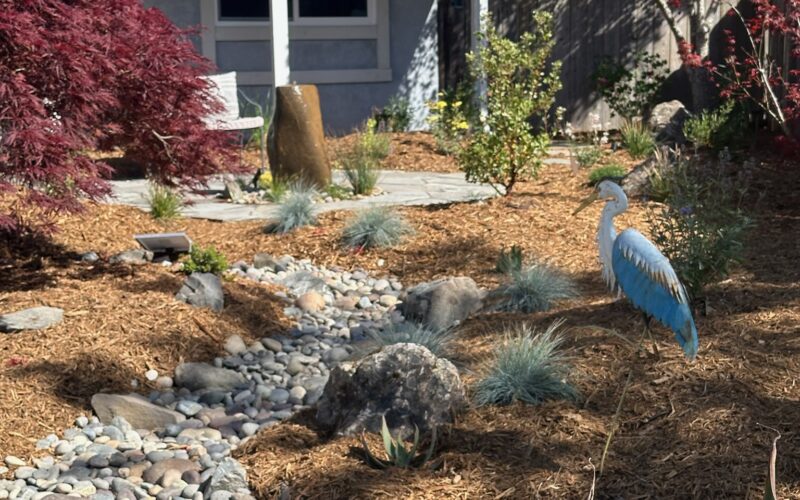
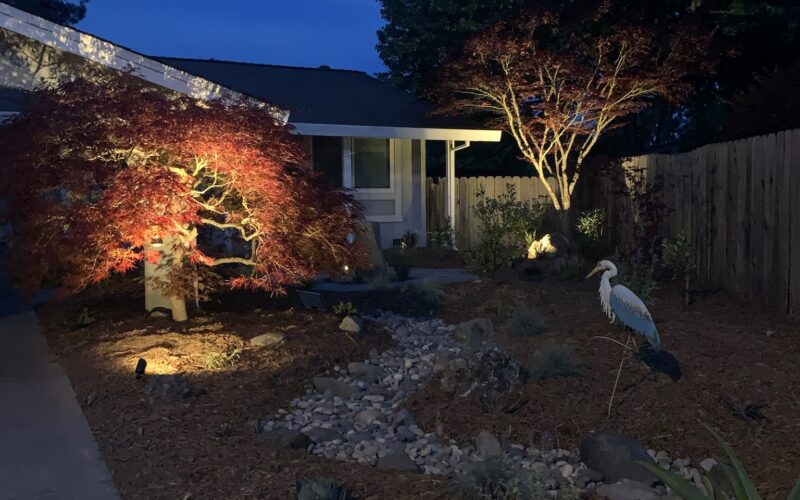
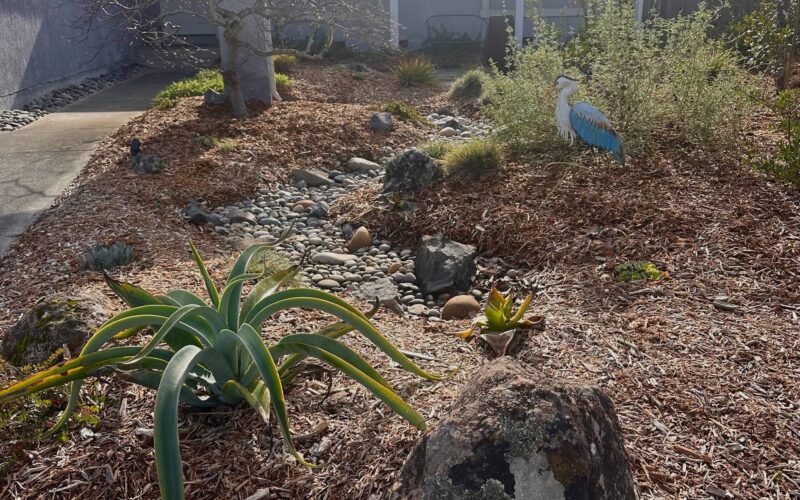
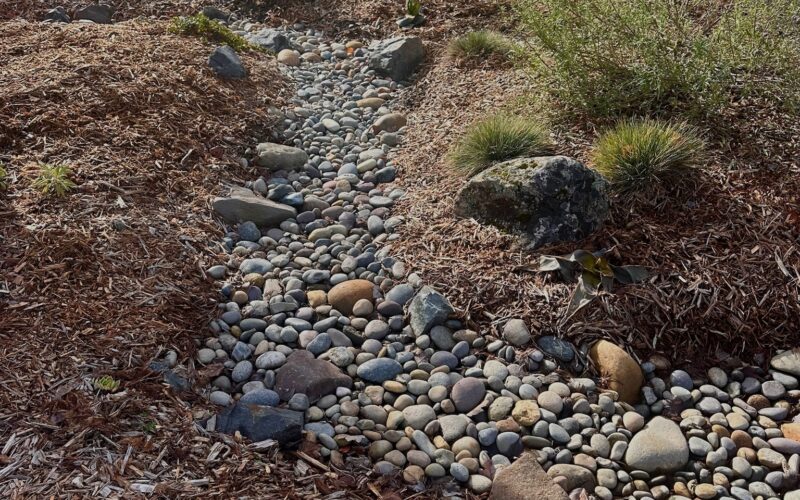
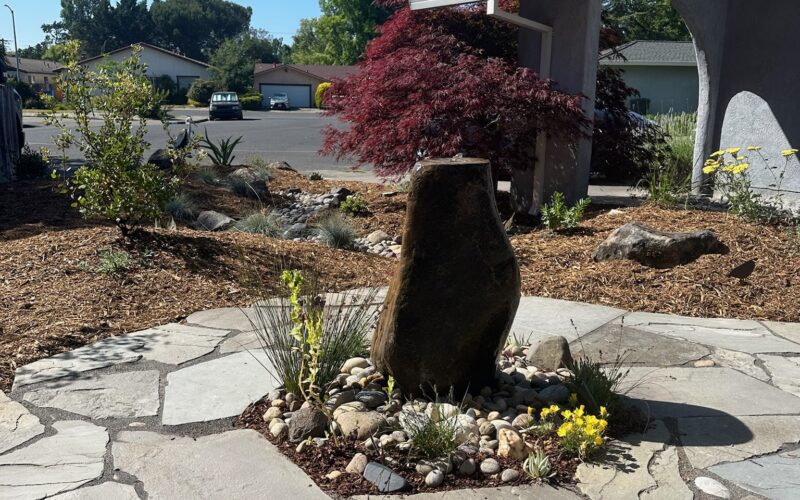
Plants in this Garden
Favorite Plants
Salvia clevelandii
Arctostaphylos ‘Louis Edmunds’
Salvia spathacea
Calamagrostis folisa “Little Nootka”
Heteromoles abrutifolia
Favorite Garden Suppliers
Urban Tree Farm
3010 Fulton Road Fulton
Cal Flora Nursery
2990 Somers Street Santa Rosa
Landscapes Unlimited Wholesale Nursery
4330 Bodega Avenue Petaluma
Cottage Gardens
3995 Emerald Drive Petaluma
Recommended Resources
Gardening Tips
Cut grasses in early spring to allow pollinators to use grass as larvae habitat for overwintering.
Leave seed heads in the garden to embrace a more wild look and provide longer lasting food sources for birds.
Fountains for birds should offer perches for easy resting and preening. Fountains for pollinators are safest as wide, shallow bowls to avoid drowning.
